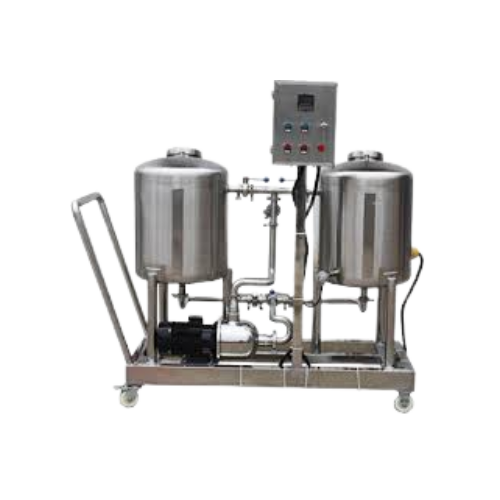Pharmaceutical Industries, a CIP System Manufacturers in Mumbai, manufactures CIP Systems, according to various guidelines, there is no difference between WIP & CIP but some people suggest that WIP is the process where some manual activities are also performed along with automatic cleaning & CIP is the fully automated process of cleaning where no manual activity is involved. Basic components and working code are the same in both WIP & CIP.
CIP System Suppliers in Maharashtra supply the CIP System because in most pharmaceutical industries the washing activity is performed manually in which all the parts of the equipment are dismantled and washed. All components are dried and reassembled for future use after the washing process.
This task is time-intensive and demands additional labor and time. To prevent this, individuals in the pharmaceutical industry prefer CIP System Manufacturers and Suppliers in India, considering them the most prominent choice: the fully automated cleaning process where no manual activity is involved. Due to these attributes, it stands out as a prominent exporter in the industry.

Advantages Of CIP:-
Components Of CIP:-
Working Procedure Of CIP:-
The clean-in-place process can be validated to accurately determine the following parameters,
Used for 100 Liters to 30000 Liters
© Copyright 2024 PharmaChem Cosmetics Industries. All Rights Reserved. Website Designed & Promoted by Web Vyapar India.